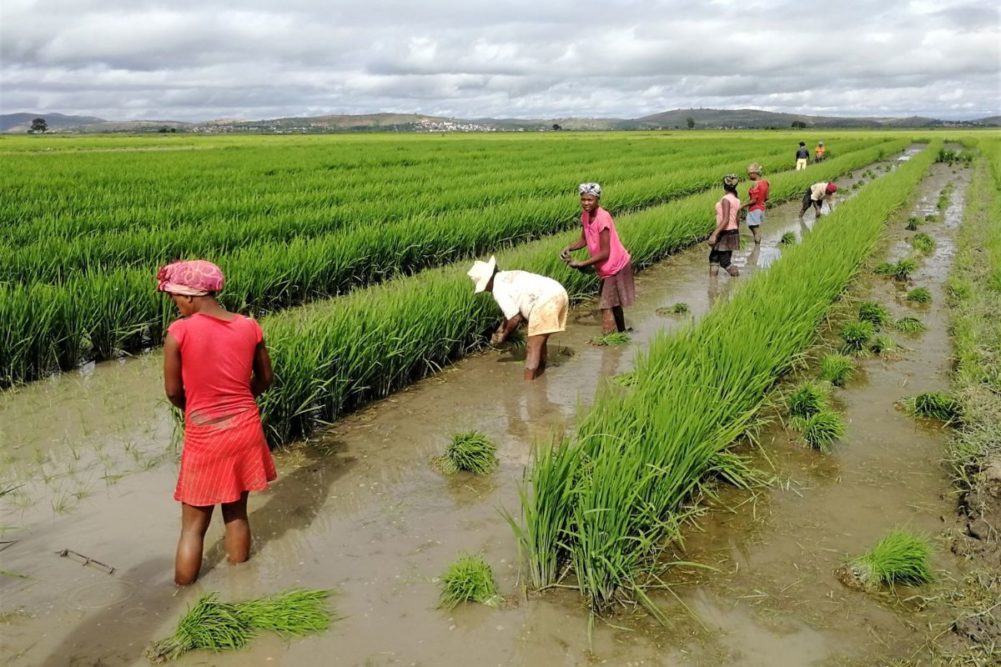ROME, ITALY — The benchmark for world food commodity prices was broadly stable in October, with rising cereal prices more than offset by declines in quotations for other staples, the Food and Agriculture Organization of the United Nations (FAO) reported on Nov. 4.
The FAO Food Price Index, which tracks monthly changes in the international prices of a basket of commonly traded food commodities, averaged 135.9 points during the month of October, negligibly below its level in September. With the latest update, the index stood 14.9% down from its all-time high recorded in March 2022, while it remained 2% above its level in October 2021.
The FAO Cereal Price Index increased 3% during the month. World wheat prices rose by 3.2%, mostly reflecting uncertainties related to the Black Sea Grain Initiative and also a downward revision for supplies in the United States. International prices of coarse grains increased by 3.5%, with maize prices rising even more due to lower production prospects in the United States and the European Union, along with dry planting conditions in Argentina and uncertainty about exports from Ukraine. International rice prices increased by 1%.
The FAO Vegetable Oil Price Index declined by 1.6% in October and stood nearly 20% below its year-earlier level. Rising international quotations for sunflower seed oil were more than offset by lower world prices of palm, soy and rapeseed oils.
In an updated Cereal Supply and Demand Brief also released on Nov. 4, FAO lowered its forecast for world cereal production in 2022 to 2.764 billion tonnes, a 1.8% decline from 2021. While global wheat production is now forecast at 783.8 million tonnes in 2022, an all-time high, worldwide coarse grains output is expected to drop 2.8% to 1 467 million tonnes. World rice production is forecast at 512.6 million tonnes, down 2.4% from the 2021 all-time high, but still an overall average crop.
World cereal utilization in 2022-23 is now forecast to decline to 2.778 billion tonnes, 0.7% below the 2021-22 level. Likewise, world cereal stocks at the end of seasons in 2023 are forecast to contract by 2.0% from their opening levels, down to 841 million tonnes.
Based on those forecasts, the world cereal stocks-to-use ratio is foreseen to decline to 29.4% in 2022/23 from 30.9% in the previous year.
World trade in cereals in 2022-23 is predicted to register a 2.2% contraction to 469 million tonnes.






